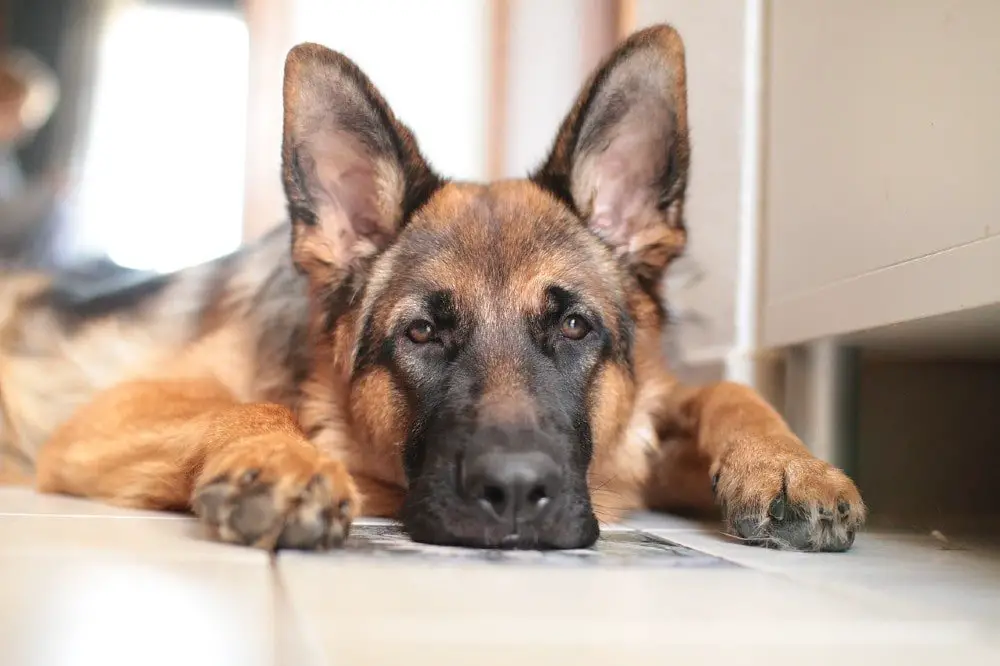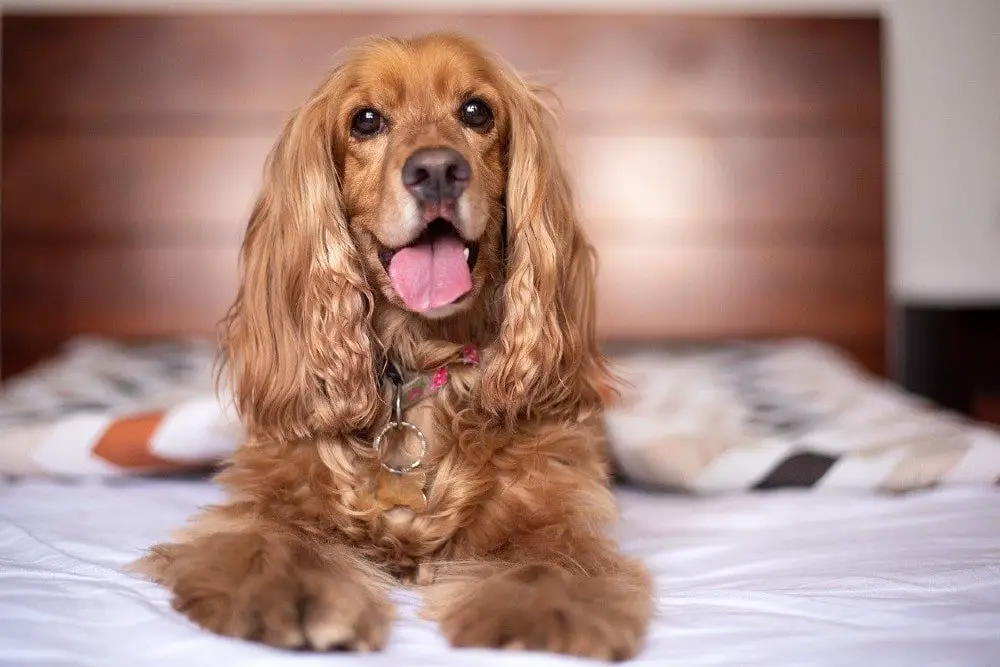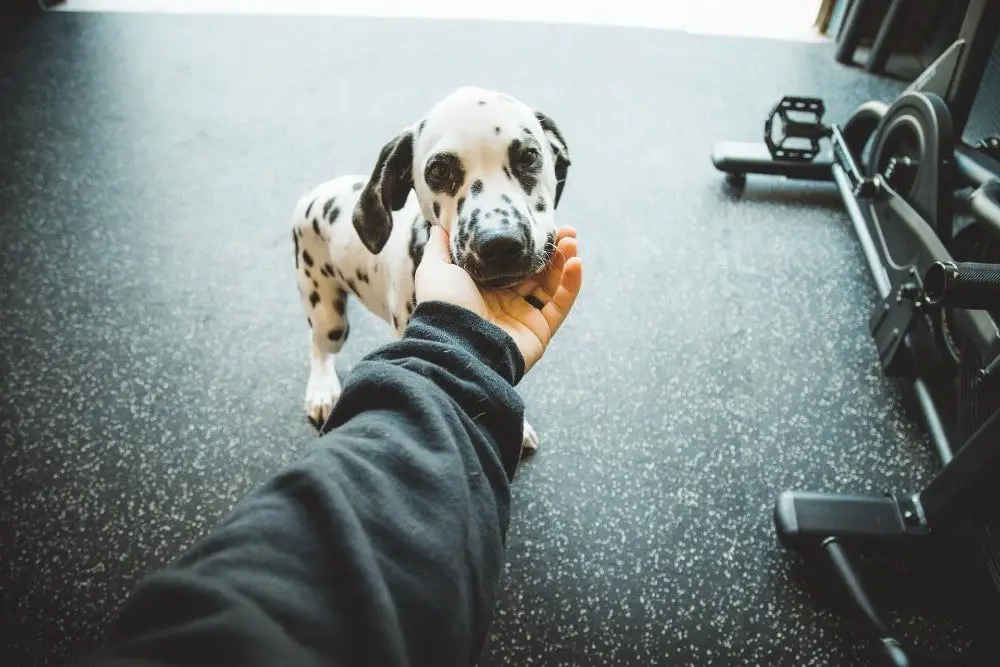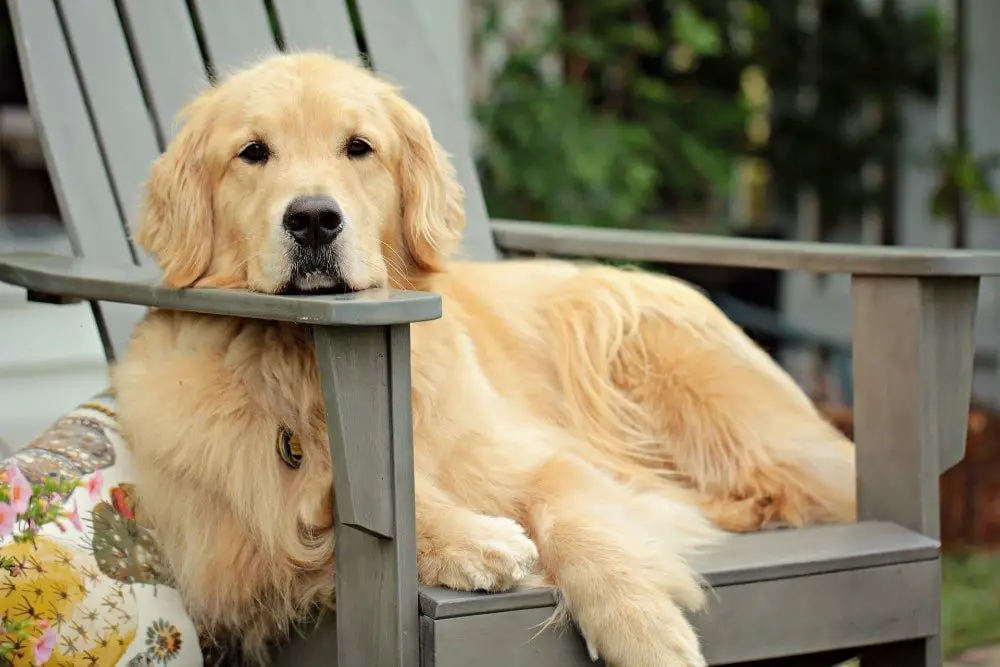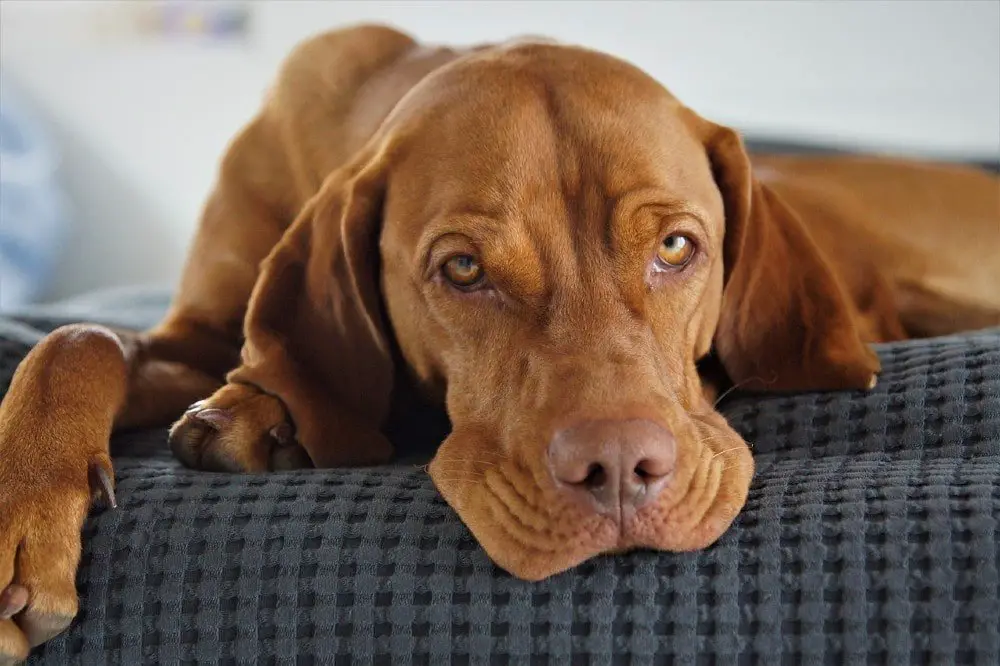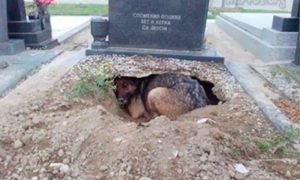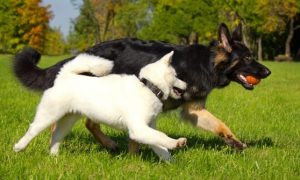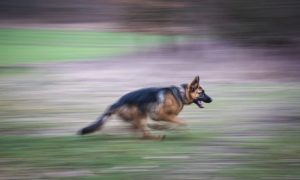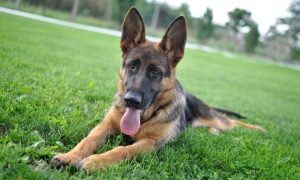Everyone around the world has been affected by Covid-19 lockdowns, including our pets.
Over the past year, dog ownership rose by nearly eight percent, according to the American Kennel Club. With people working from home and unable to socialize due to lockdown mandates, many people sought companionship from a dog.
As Covid restrictions are lifted, people want to get out of the house and return to some form of post-lockdown normalcy.
Dogs that have spent the past year or more with their humans at home have gotten used to their owner’s presence. They also enjoy being doted on and maybe a couple of walks per day consistently.
With people returning to work and enjoying social outings with friends and family, our dogs are spending more time at home by themselves.
Some breeds take this routine change and isolation harder than others and suffer from post-lockdown separation anxiety.
Symptoms of Post-Lockdown Separation Anxiety
- Destructive chewing or digging
- Excessive barking, howling or whining
- Licking, chewing, and biting themselves
- Relieving themselves in the house
- Escape behaviors
According to the American Kennel Club, these 10 dog breeds are most likely to suffer from post-lockdown separation anxiety.
1. Australian Shepherd
The Australian Shepherd is an active working breed. Australian Shepherds become bored and anxious without stimulation and companionship.
2. Bichon Frise
Bred to be companion dogs, the Bichon Frise is happiest on its owner’s lap and becomes particularly distressed when separated from them for extended periods of time.
3. Border Collie
Bred to herd sheep, the Border Collie is energetic and intelligent. Their high energy levels and intelligence mean they need a tremendous amount of stimulation and attention.
4. Chihuahua
Chihuahuas are the perfect dogs for people living in apartments, but they can become destructive and aggressive if left alone at home.
5. Cocker Spaniel
The Cocker Spaniel is a devoted family dog, but they are known for being particularly anxious when their whole pack leaves them behind at home.
6. Dalmation
Dalmatians are a velcro dog breed that doesn’t handle being by themselves very well. If they suffer from separation anxiety, you’ll know because they tend to have destructive behavior when left to fend for themselves home alone.
7. German Shepherd
German Shepherds are sensitive to sudden changes in routines. While they may be known for being tough working dogs, their bond with owners can make them surprisingly upset if a routine is unexpectedly halted.
8. Golden Retriever
The Golden Retriever is a popular family dog but can become anxious when left by itself. Destructive chewing and nuisance barking are signs that your retriever is not coping well with life after lockdown.
9. Havanese
The Havanese, much like the Bichon Frise, was bred to be a lapdog that desires human companionship above all else. For this reason, leaving it alone for too long is considered an ingredient for disaster.
10. Vizsla
The Vizsla is a breed from Hungary. They are another velcro dog breed because they stick to their owner’s side and hate being left alone.
Learn more about separation anxiety and how to deal with it here.

